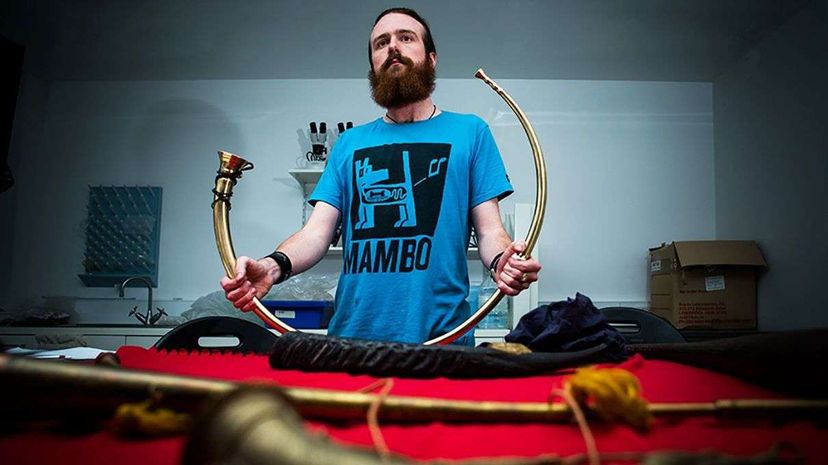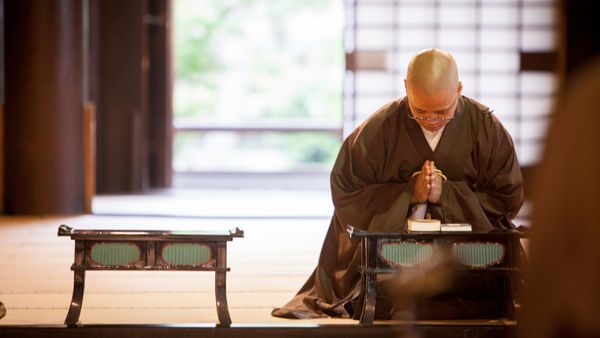
The heroic halflings of J.R.R. Tolkien's "The Hobbit" and "The Lord of the Rings" journeyed far over Middle Earth, battling trolls, ghosts, wizards and even a dragon. But one of the most valuable pieces of treasure they gained over their adventures? A greater understanding of and appreciation for The Shire, their bucolic home.
It's a trope in literature that a character's travels actual leads to a greater understanding of home. But sometimes it holds true in the real world, too, and that's the case with musicologist and archaeologist Billy Ó Foghlú. The Ph.D. student from Australian National University's College of Asia-Pacific has made some illuminating connections between the musical instruments of iron-age Ireland and those found in present-day India.
Advertisement
In an article in the Journal of Indian Ocean Archaeology, Ó Foghlú — originally from Ireland — draws parallels between the types of horns common in much of Europe 2,000 years ago, suggesting cultural exchange between the two regions. One example the research highlights is that of an Indian carving dating to 300 B.C.E. showing musicians playing two European carnyces, a type of horn in the shape of an animal's head.
Ó Foghlú's travels to India took him to the coastal southern region of Kerala, where he was able to discern what prehistoric European horns could've sounded by analyzing the sounds and uses of Indian horns like the curved kombu.
"Archaeology is usually silent. I was astonished to find what I thought to be dead soundscapes alive and living in Kerala today," said Ó Foghlú in a press release announcing the findings.
"Some almost identical instruments have been unearthed together, but they are slightly out of tune with each other to western ears," he says. "This was previously assumed to be evidence of shoddy workmanship. But in Indian music this kind of dissonance is deliberate and beautiful. Horns are used more as a rhythm instrument, not for melody or harmony in a western sense."
This isn't Ó Foghlú's first foray into ancient European instrumentation. To test a theory that Irish horns were not as primitive as once thought, and that an artifact thought to be a spear butt was actually a horn mouthpiece, in 2015 Ó Foghlú used 3-D printers to recreate the ancient instruments' sound. Check out this video below of Ó Foghlú playing a replica he printed to demonstrate the lost sounds:
Advertisement


